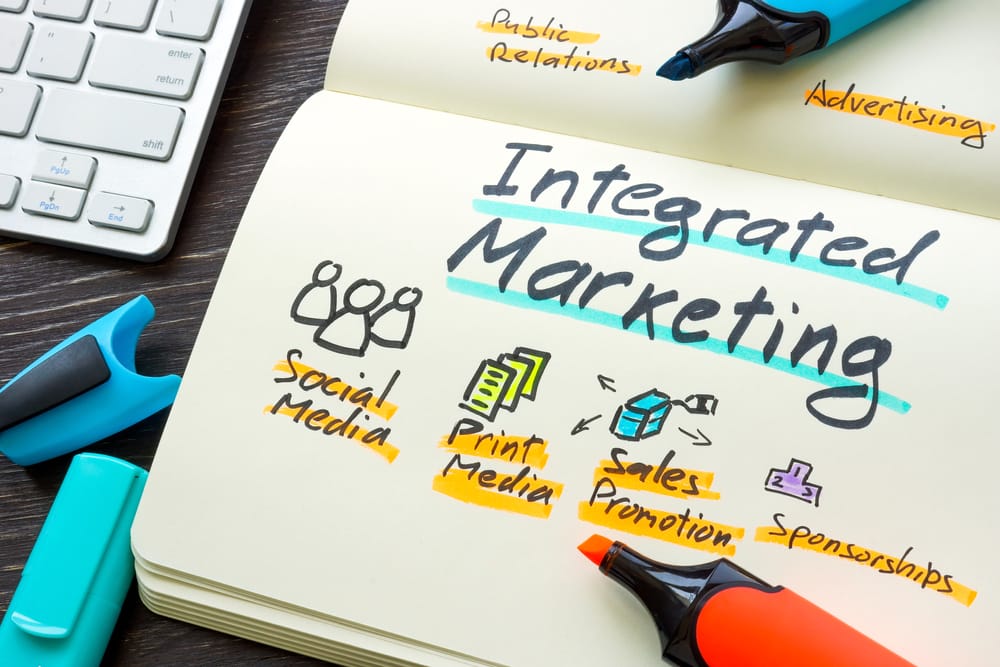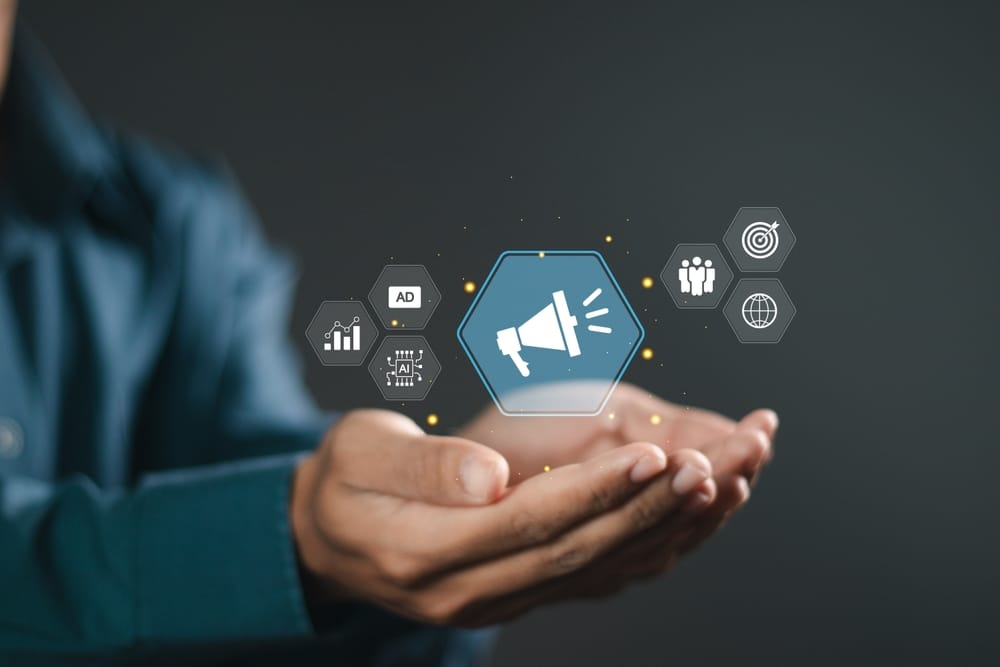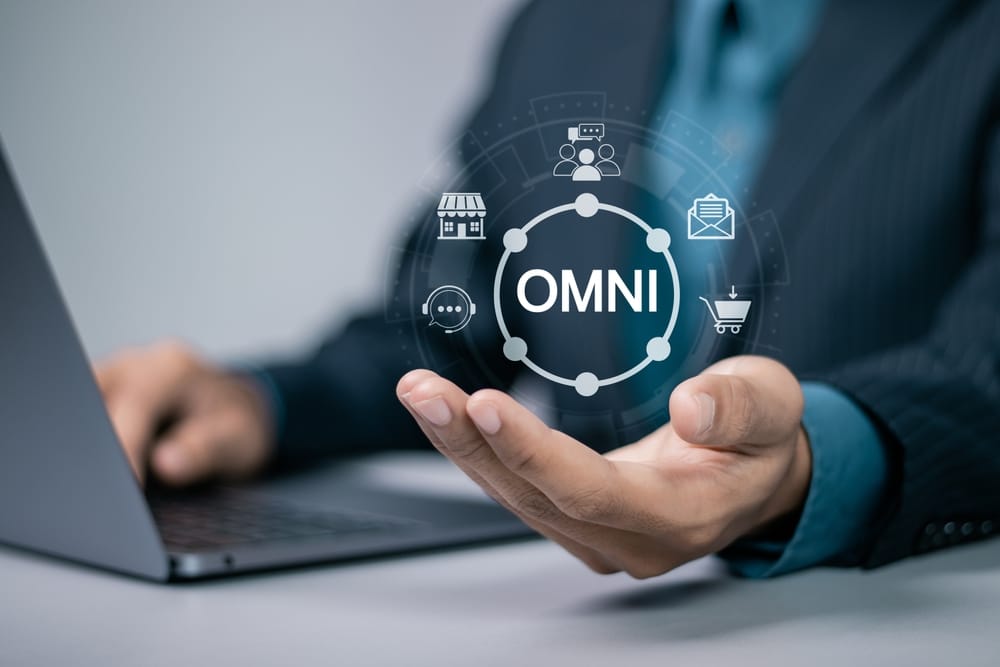Consistency is a vital concept when it comes to branding and overall advertising for any business, and there are a few approaches to achieving it across your various marketing channels. One great approach that’s often utilized, particularly within the digital marketing space, is known as integrated marketing. What is this, and how does it help strengthen brand consistency?
At BWP Communications, we’re here to help with integrated marketing strategies and many related advertising services for clients around Salt Lake and nearby parts of Utah. What do we mean when we talk about integrated marketing? What are some of its key elements, and how does this approach boost brand consistency? Let’s dive in!
What is Integrated Marketing?
When we talk about integrated marketing, we’re referring to a unified approach to promoting a brand or message across multiple channels. This means that all of the various marketing efforts – whether it’s advertising, social media, public relations, direct mail, or others – are coordinated and work together seamlessly to reinforce the same message and image.
At BWP Communications, we help our clients understand our integrated marketing approach through three pillars:
- Cohesion: All marketing efforts should have a consistent look, feel, and message to create a cohesive brand experience for the audience. This creates recognition and trust in the brand.
- Consistency: The messaging and tone used across all channels need to be consistent to avoid confusing or alienating potential customers.
- Convergence: When marketing efforts overlap to enhance one another, you’ve achieved convergence. This can be seen through cross-promotion on different channels or by utilizing multiple tactics to reach the same audience.
These three pillars work together to create a strong and effective integrated marketing strategy. However, it’s important to note that this approach is not a one-size-fits-all solution. Every business is unique, and its target audience may require a tailored approach.
Common Elements of Integrated Marketing Strategies
While these can vary between individual businesses, here are some of the most common elements that will be integrated together for this sort of marketing approach:
- Content: The creation of informative and engaging content is crucial for any integrated marketing strategy. This includes blog posts, social media posts, videos, infographics, and more. All of these elements should work together to tell a cohesive brand story.
- Social Media: As mentioned before, social media plays a significant role in integrated marketing strategies. It allows businesses to reach their target audience directly and engage with them on a more personal level.
- Email Marketing: Email marketing may seem like an outdated tactic, but it’s still highly effective when used correctly as part of an integrated approach. By sending targeted and personalized emails to potential customers, businesses can nurture leads and build relationships with their audience.
- SEO and paid ads: Search engine optimization (SEO) and paid ads are two key components of integrated marketing strategies. By optimizing website content for search engines and using targeted keywords, businesses can increase their online visibility and drive more traffic to their site. Paid advertising, such as Google AdWords or social media ads, can also be used to target specific demographics and increase brand awareness.
- Influencer partnerships: Collaborating with influencers in your industry or niche is another effective way to incorporate integrated marketing into your strategy. By partnering with influencers who have a strong following and credibility within your target audience, businesses can tap into new markets and gain exposure through authentic endorsements.
- Events and sponsorships: Hosting events or sponsoring relevant conferences, trade shows, and other industry gatherings are excellent opportunities to showcase your brand and connect with potential customers. By participating in or hosting events, businesses can create a memorable experience for attendees and make a lasting impression.
How Integrated Marketing Boosts Brand Consistency
So how does integrated marketing help your business maintain brand consistency? Here are some ways:
- Consistent messaging: By using the same messaging across all communication channels, businesses can reinforce their brand identity and ensure that customers receive a clear and cohesive message. This includes using consistent language, tone, and visuals in advertising, social media, email newsletters, events, and other marketing efforts.
- Coordinated campaigns: With integrated marketing, businesses can create campaigns that work together seamlessly across different platforms. For example, a company can launch a new product through an integrated campaign that includes email marketing, social media ads, influencer partnerships, and PR efforts. This allows for a more holistic approach to reaching target audiences and ensures that all elements of the campaign are working towards the same goal.
- Data-driven decision making: Integrated marketing allows businesses to collect data from various channels and use it to make informed decisions about future campaigns. By analyzing data from social media, email metrics, website traffic, and other sources, businesses can gain valuable insights into what resonates with their target audience and adjust their strategies accordingly.
At BWP Communications, we’re here to help clients around Salt Lake and nearby parts of Utah with all their integrated marketing and other advertising needs. Contact us today to set up a consultation with our experts!












